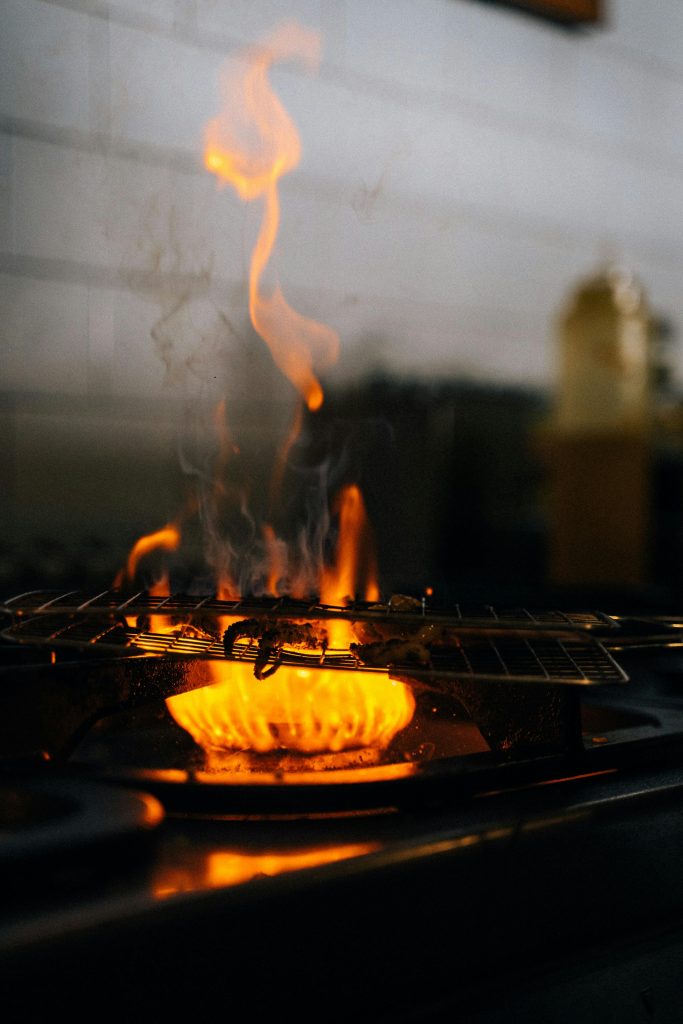For decades—if not centuries—the gas stove has been a trusted fixture in kitchens around the world. After the age of firewood, it was gas that truly revolutionized home cooking. But in recent years, a quiet yet powerful challenger has emerged: the induction cooktop.
So, is it time to make the switch? Let’s break it down.
🔥 The Legacy of Gas Cooking

Gas stoves have been around for more than 70 years, primarily fueled by LPG (liquefied petroleum gas)—propane or butane extracted during petroleum refining or natural gas processing. In many countries like India, Brazil, the Philippines, and China, LPG remains the go-to fuel, often delivered in pressurized cylinders. In the U.S. and parts of Europe, LNG (liquefied natural gas) piped directly into homes is more common.
Gas stoves have earned their reputation for:
- High heat output
- Instant flame control
- Versatility with all types of cookware
However, they come with serious trade-offs:
- Safety risks: Even a small leak can cause fire or explosion.
- Health concerns: LPG has a distinct odor and can trigger respiratory issues. Even LNG, though odorless and cleaner, is still highly flammable.
- Environmental impact: Combustion produces emissions like carbon monoxide and nitrogen dioxide.
- Maintenance: Regular checks are needed on valves, hoses, and pipelines to prevent leaks.
While gas cooking is generally safe with proper maintenance, it’s not without hazards. According to global fire safety reports, gas-related accidents account for over 14% of household fires worldwide.

⚡ What Makes Induction Cooktops So Appealing?
Induction cooktops represent a modern, cleaner, and smarter approach to cooking. Unlike traditional electric stoves, which rely on heated coils, induction cooktops use electromagnetic energy to heat pots and pans directly—no open flame, no red-hot element.
Key benefits of induction technology include:
- Safety first: No flames, no gas, no risk of combustion.
- Energy efficiency: Up to 90% of the energy goes directly into the cookware, compared to around 55-60% with gas.
- Precision heating: Touch controls and digital temperature settings let you simmer, sear, or boil with incredible accuracy.
- Speed: Boils water in half the time compared to a gas burner.
- Cool-to-touch surface: The cooktop itself remains relatively cool, reducing burn risks—especially important for households with children.
- Easy cleanup: Smooth glass-ceramic surfaces wipe clean effortlessly.
Modern induction stoves often come with additional smart features like auto shut-off, pan detection, and child locks—further enhancing safety and convenience.
🆚 Induction vs. Gas: A Side-by-Side Comparison
| Feature | Gas Stove | Induction Cooktop |
|---|---|---|
| Heat Source | Open flame | Electromagnetic field |
| Safety | Flammable, risk of gas leaks | No flames, automatic shut-off |
| Efficiency | Moderate (~55-60%) | High (~90%) |
| Heat Control | Manual, less precise | Digital, highly precise |
| Cookware Compatibility | All types | Requires magnetic base (e.g. cast iron) |
| Cleaning | Grates and burners require scrubbing | Flat surface—easy to wipe clean |
| Environmental Impact | Emits CO₂, NOx, etc. | Zero emissions during use |
🤔 So, Which One’s Better?
The answer depends on what you value most in your kitchen.
Choose gas if:
- You frequently cook with high flames (e.g. stir-frying, wok cooking)
- You already have compatible infrastructure
- You want cookware flexibility
Go for induction if:
- Safety and energy efficiency are top priorities
- You prefer a cleaner, quieter kitchen
- You want modern features and precision control
More and more households are now switching to induction—not because gas has failed, but because induction simply offers a better fit for modern lifestyles.
💡 Final Thoughts
Is an induction cooktop better than gas?
For many, the answer is increasingly “yes.” It’s cleaner, faster, safer, and more energy-efficient. The technology has matured, the prices are more affordable, and the benefits extend far beyond just cooking performance.
If you’re considering upgrading your kitchen or simply want a safer alternative for everyday use, an induction cooktop is well worth the investment.
Whether you’re cooking for a family or just reheating leftovers, your kitchen deserves technology that works smarter—not harder.

Leave a Reply
You must be logged in to post a comment.